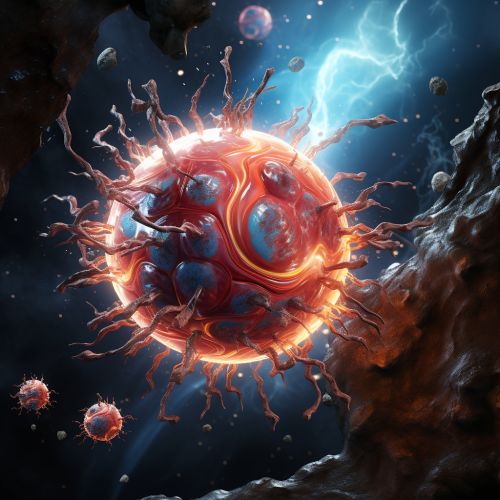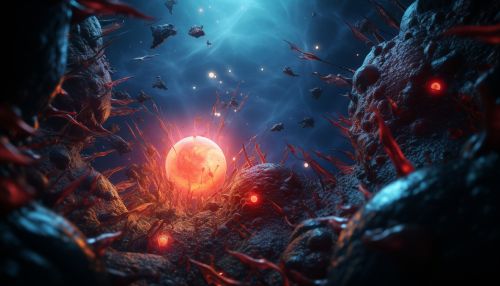The Biological Mechanisms of Immune Response
Overview of Immune Response
The immune response is a complex biological process that protects the body from harmful substances such as pathogens, damaged cells, and toxic compounds. It involves a variety of cells, tissues, and organs that work together to identify and eliminate threats to the body's health.
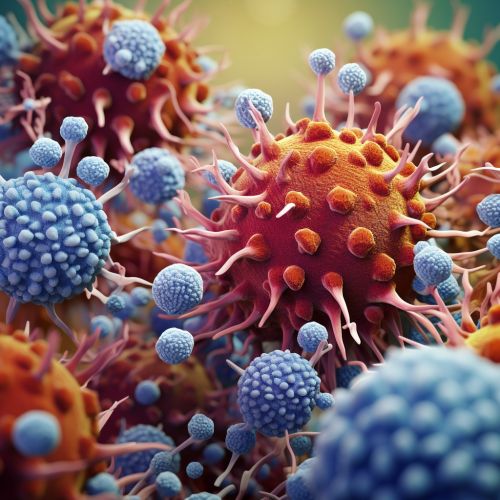
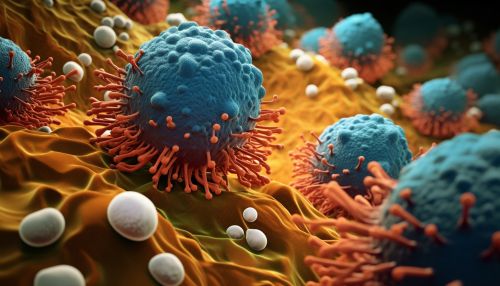
Innate Immunity
Innate immunity, also known as non-specific immunity, is the first line of defense against pathogens. It includes physical barriers such as the skin and mucous membranes, as well as immune cells like neutrophils, macrophages, and dendritic cells.
Physical Barriers
The skin and mucous membranes are the body's first line of defense against pathogens. They act as physical barriers, preventing most pathogens from entering the body. The skin is composed of multiple layers of cells and is coated with antimicrobial substances that kill or inhibit the growth of many types of pathogens.
Immune Cells
Neutrophils, macrophages, and dendritic cells are among the immune cells involved in the innate immune response. These cells are capable of phagocytosis, a process in which they engulf and destroy pathogens. Dendritic cells also play a crucial role in activating the adaptive immune response.
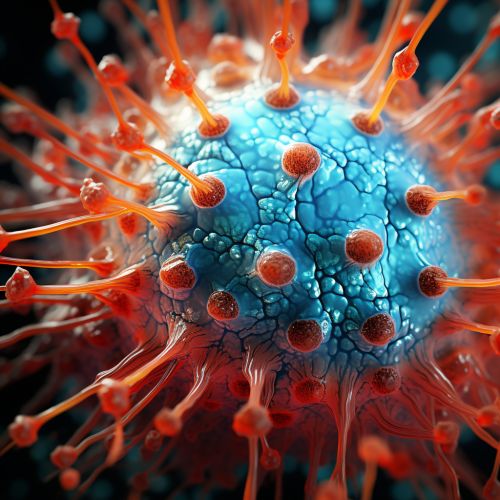
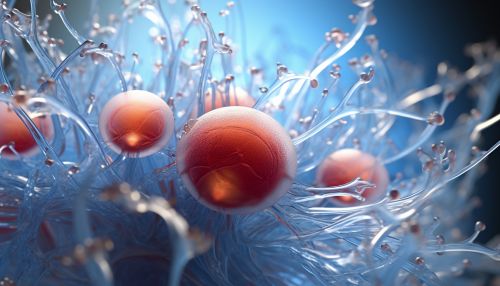
Adaptive Immunity
Adaptive immunity, also known as specific immunity, is a more specialized form of defense that targets specific pathogens. It involves T cells, B cells, and the production of antibodies.
T Cells
T cells, also known as T lymphocytes, are a type of white blood cell that plays a central role in the adaptive immune response. There are several types of T cells, including helper T cells, cytotoxic T cells, and regulatory T cells, each with a different function in the immune response.
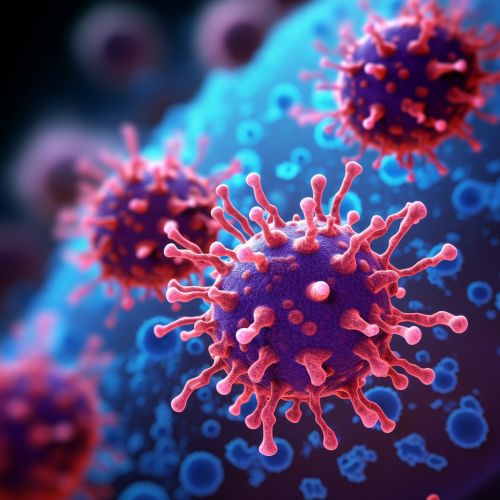
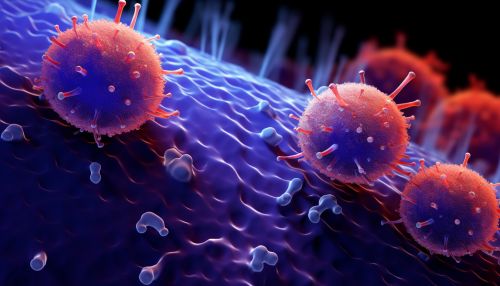
B Cells and Antibodies
B cells, or B lymphocytes, are responsible for producing antibodies, proteins that can bind to specific antigens on the surface of pathogens. This binding can neutralize the pathogen, mark it for destruction by other immune cells, or activate the complement system, a series of proteins that can destroy pathogens directly.
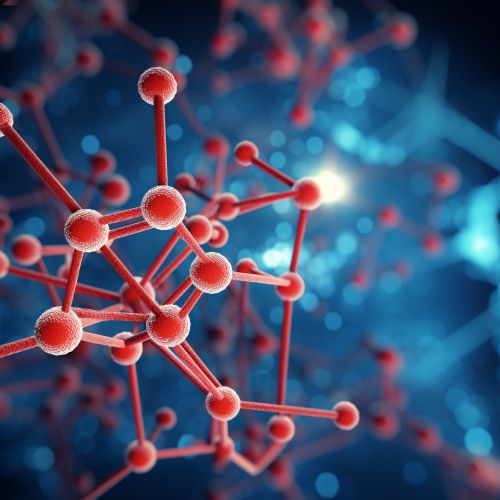
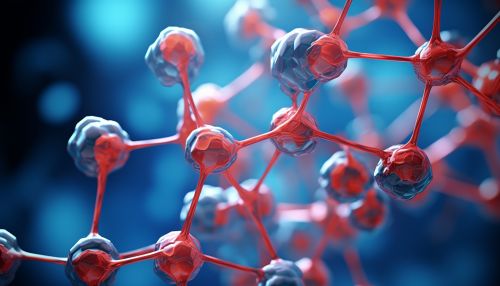
Immune Response Regulation
The immune response is tightly regulated to ensure that it is activated when necessary, but not overly so, which could lead to damage to the body's own tissues. This regulation involves a complex network of signals between immune cells, as well as the production of anti-inflammatory molecules.
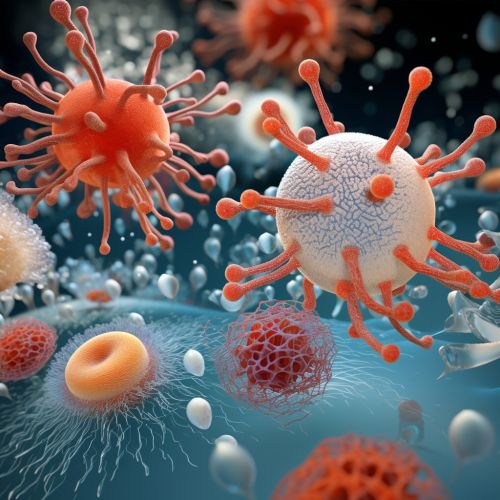
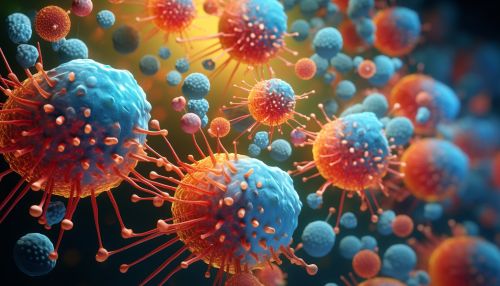
Disorders of the Immune Response
Disorders of the immune response can lead to a variety of health problems, including autoimmune diseases, allergies, and immunodeficiencies. Understanding the mechanisms of the immune response can help in the development of treatments for these conditions.
